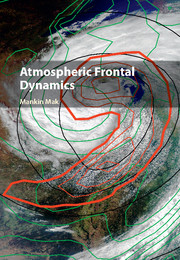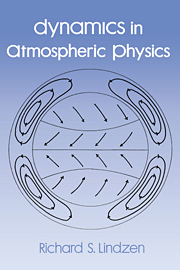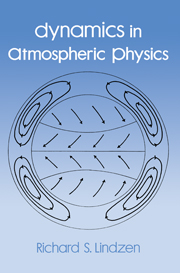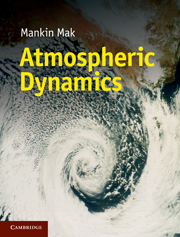Atmospheric Frontal Dynamics
Atmospheric Frontal Dynamics is the first book to present a self-contained and comprehensive coverage of the ubiquitous surface and upper-level fronts, which are boundaries separating two air masses of different densities. Atmospheric fronts are a product of interaction between planetary, synoptic, meso and small scales of motions. They are uniquely important in weather forecasting since many meteorological phenomena are closely associated with them. The discussions of the multifaceted aspects of basic frontal dynamics are based on illustrative analyses of a hierarchy of semi-geostrophic frontal models performed in physical, as opposed to geostrophic, coordinates. Such analyses enable us to systematically and quantitatively delineate the physical nature of different types of fronts in a relatively straightforward manner. They are further supplemented by two illustrative analyses using a state-of-the-art model. 'Learning-by-doing' is the guiding principle behind the book, making it an asset to both students and instructors in atmospheric science and meteorology.
- The first book to present a self-contained and comprehensive coverage of atmospheric fronts
- Makes use of illustrative analyses, enabling systematic, quantitative delineation of the physical nature of different types of fronts
- Physical coordinates are used in the book for illustrative analyses of the semi-geostrophic frontal models, a much simpler and straightforward approach
Reviews & endorsements
'The fluid dynamical theory of fronts is one of the most elegant mathematical models in atmospheric science. A concise summary of this body of theory has been overdue. Professor Mak's book leads us through the essential mathematics, with an engaging narrative style and graphical solutions which bring the theory to life. The book provides a comprehensive survey of the mathematical models, and offers some pragmatic ways of obtaining solutions. The methods build from elementary kinematic models which can be understood with undergraduate mathematical methods, to sophisticated analysis of three-dimensional semigeostrophic systems which will interest and challenge graduate students and researchers alike. With its elegant mathematics and application to real world weather systems, the material will be a fine intellectual stimulus for students [studying mathematics, fluid dynamics or meteorology].' Douglas J. Parker, University of Leeds
'Professor Mak has adroitly consolidated into one volume, for the first time, what we know about the dynamics of surface and upper-level fronts in the atmosphere from the perspective of a hierarchy of models. This book contains a wealth of material that will serve as an excellent resource for graduate courses in meteorology as well as for researchers.' Howie Bluestein, University of Oklahoma
Product details
November 2017Adobe eBook Reader
9781108548465
0 pages
128 colour illus.
This ISBN is for an eBook version which is distributed on our behalf by a third party.
Table of Contents
- Preface
- Acknowledgement
- 1. Overview
- 2. Semi-geostrophic (SG) models
- 3. Construction of two initial states for modeling fronts
- 4. Two-dimensional SG frontal dynamics
- 5. Three-dimensional SG frontal dynamics
- 6. Impact of latent heat release on SG frontal dynamics
- 7. General frontal dynamics
- 8. Concluding remarks
- References
- Index.






